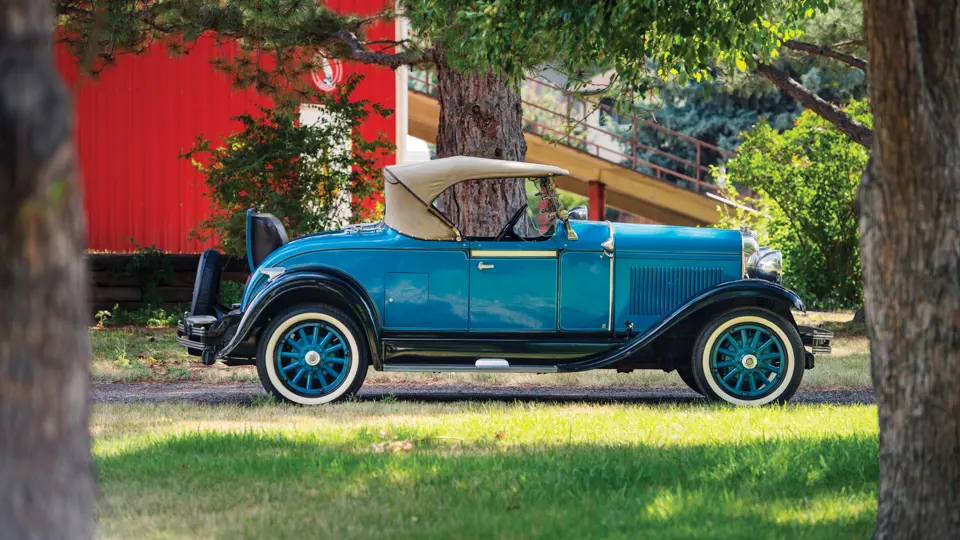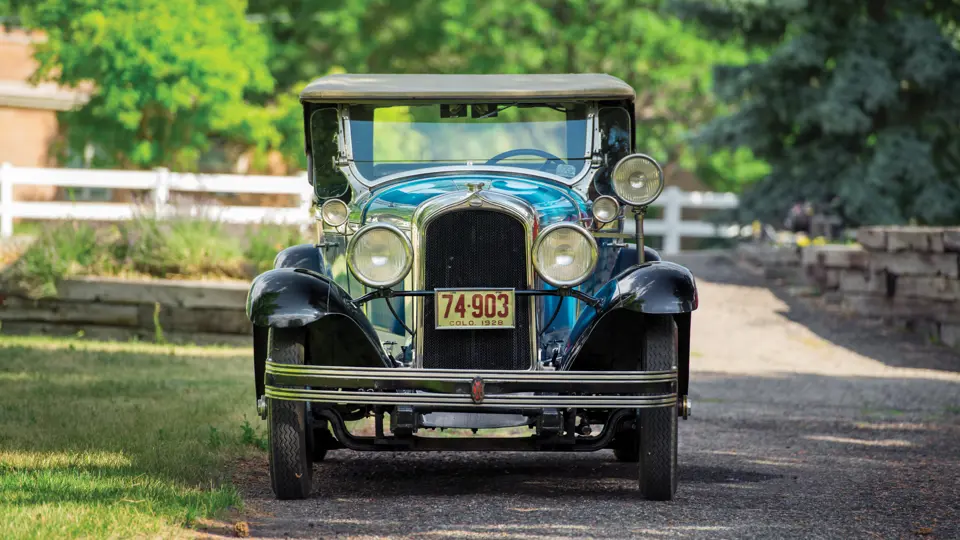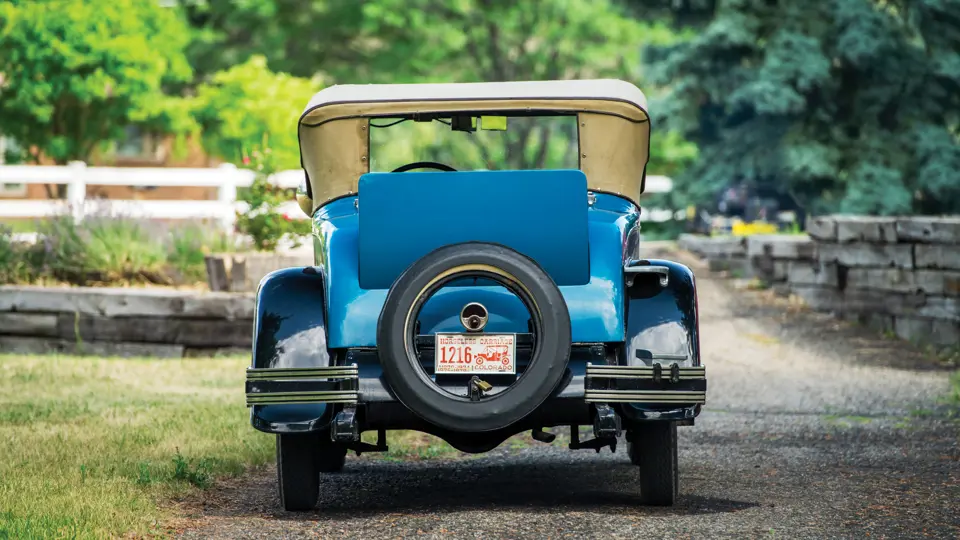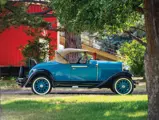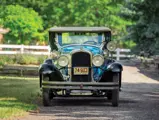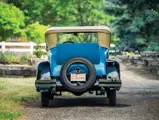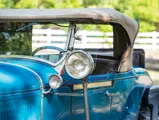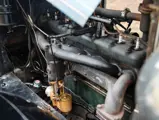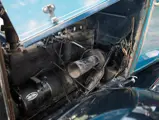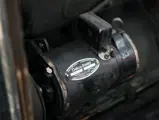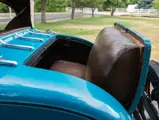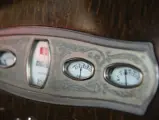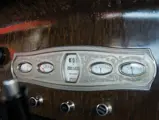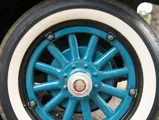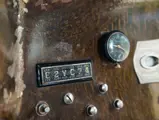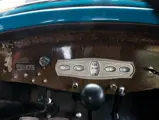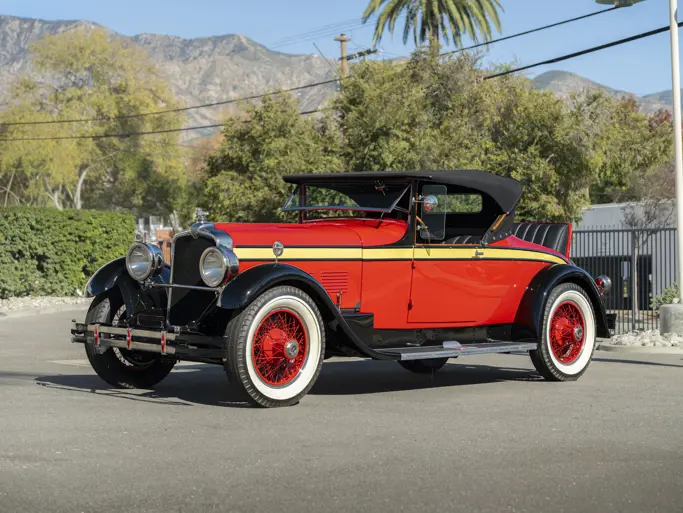72 bhp, 201.9 cu. in. L-head eight-cylinder engine, three-speed manual transmission, solid front axle and live rear axle with semi-elliptical leaf springs, and four-wheel mechanical drum brakes. Wheelbase: 114 in.
The mid-1920s gave rise to two phenomena in the American motor industry: inline eight-cylinder engines and companion makes. The “companions” were in the main smaller, less-expensive cars introduced by many manufacturers, often sold under another marque name. The straight-eight engines were following the lead of Packard, which had pioneered the smooth-running two-plane crankshaft in the 1924 Single Eight.
Marmon, previously the domain of superbly engineered, expensive motor cars, embarked on both these memes in 1927 with the “Little Marmon.” A full 20 inches shorter and nearly 1,500 pounds lighter than its six-cylinder sibling, the E-75 Series, the Little Marmon had a 190-cubic inch, 65-brake horsepower L-head straight-eight and sold for barely half the price.
Perhaps finding “Little Marmon” too derogatory, the Marmon Motor Car Company entered the 1928 model year with a new 68 Series, not coincidentally almost the same size as the Little Marmon, but with a slightly larger 201.9-cubic inch eight. It had gained an eight-cylinder sibling, too: the Series 78 with a 120-inch wheelbase and a 216-cubic inch overhead-valve engine. Prices of the Series 68 started at just $1,395, no doubt responsible for Marmon’s increasing popularity. Production in 1927 had nearly tripled from the previous year, thanks to the Little Marmon; 1928 saw a further increase of nearly 60 percent.
A banner year for the whole industry, 1929 brought Marmon a true companion, the Roosevelt, priced at less than $1,000. It also brought a further 75 percent increase in sales, but it was all very transitory. As despondency turned to depression in 1930, Marmon sales fell by two-thirds and never recovered.
This Series 68 Marmon is a remarkable survivor. Showing barely 38,000 miles with three owners from new, it makes a strong statement in bright blue with black fenders. The paint is original, and despite a few chips from usage, it remains in remarkable condition, exhibiting a good shine. The brightwork is all very good, with minimal blemishes, and the instrument panel has remarkable original woodgrain, aged only around the top edges. Of particular note are the vintage Westclox stem-wind Auto Clock and an intact FEDCO anti-theft VIN plate. The windshield carries the sticker from its 1952 inspection. The front seats have been re-upholstered, but the rumble cushions are original, showing only minimal wear. The tan canvas top shows age, with some staining and loose stitches, but is overall very sound. A post spotlight stands tall on the left running board. The engine compartment shows use, but is very clean overall; the original vacuum tank is in place, but has been supplanted by an electric pump and pressure regulator, and the owner reports that it runs and drives very well.
This Marmon was purchased by the current owner from Tom Stolte of Golden, Colorado, who had acquired it from the original owner. In its 15 years of current ownership, it has been conserved and cosseted, as its previous owners had done. Though popular in their time, the small eight-cylinder Marmons are almost never seen today. This car represents a chance to acquire an excellent, virtually undisturbed original that teems with charm and comes with a small file of documentation attesting to its provenance.




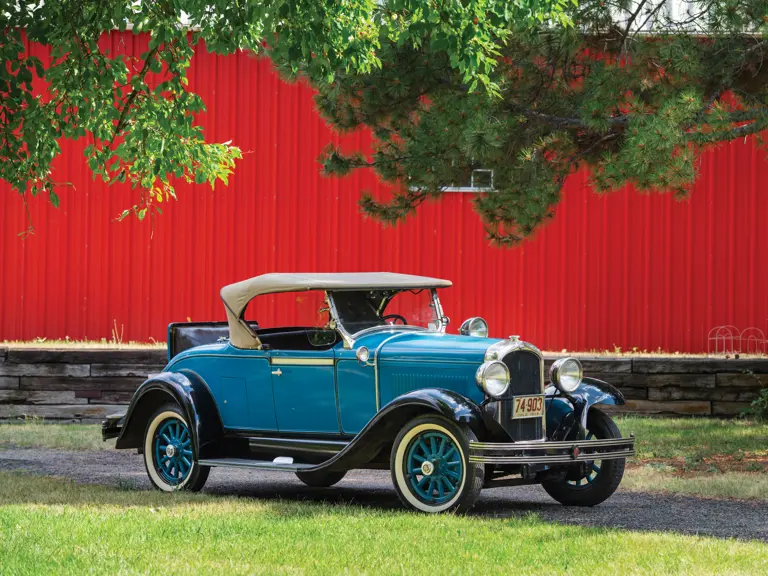
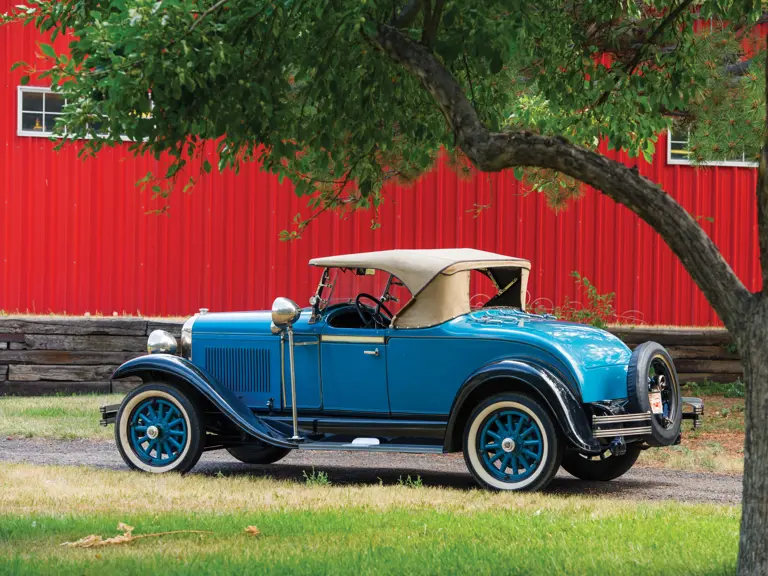
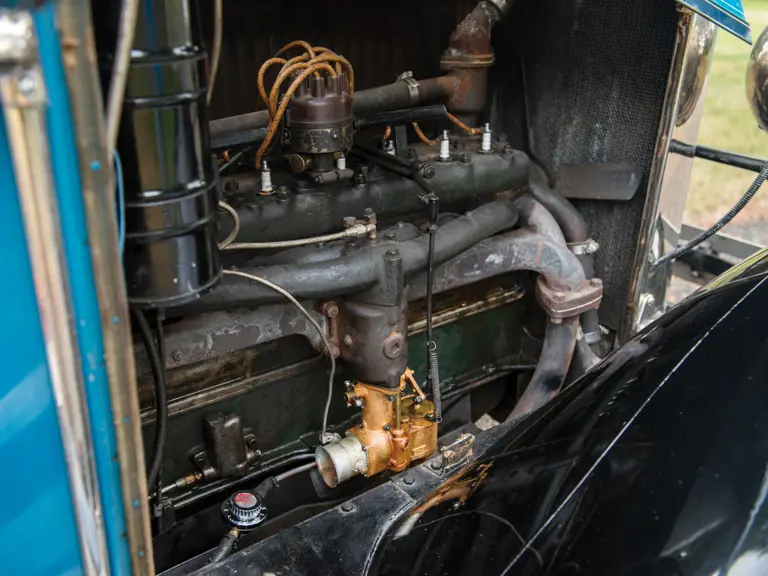
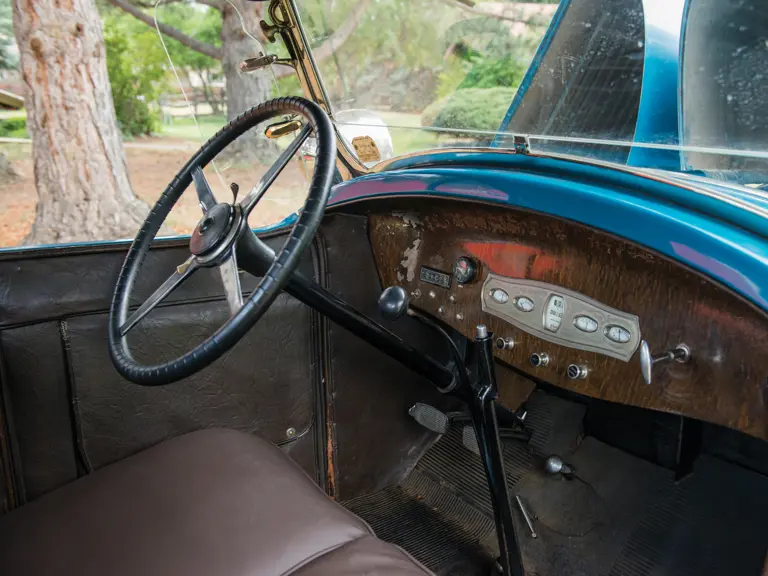

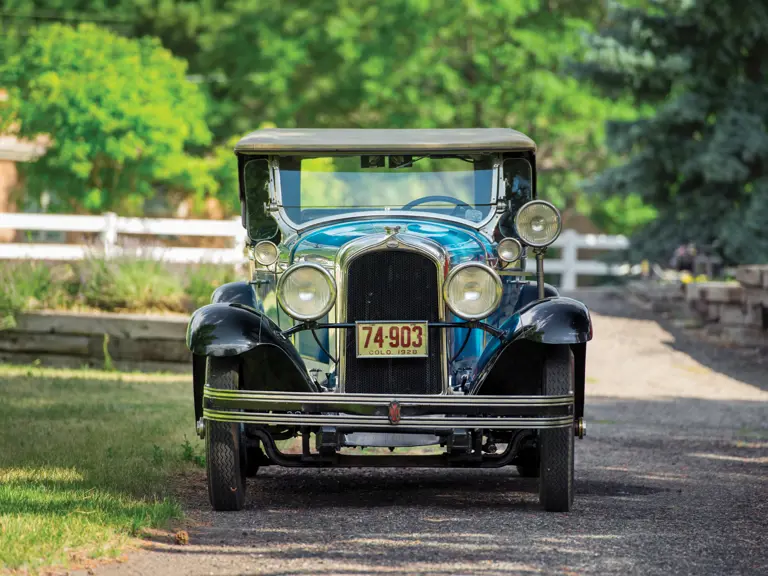

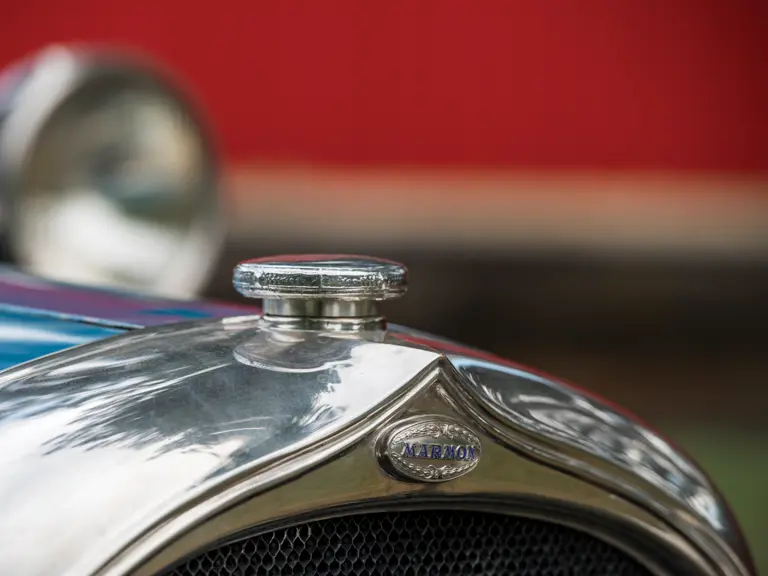
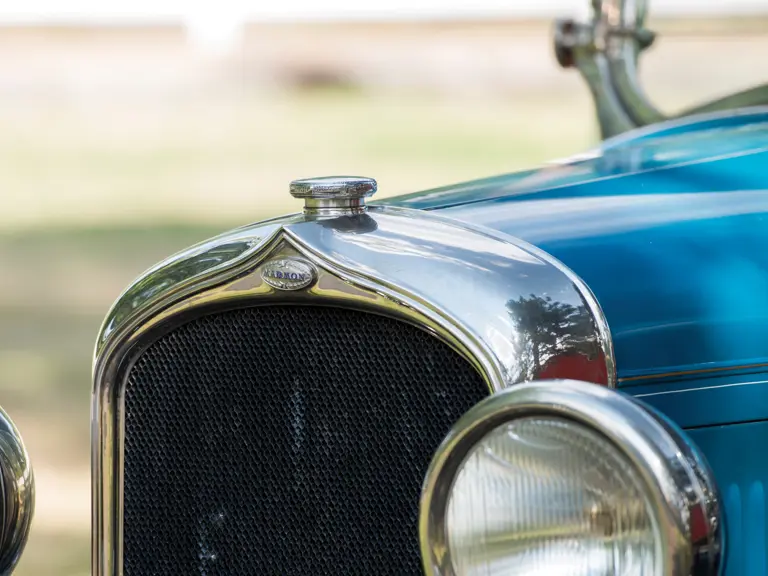
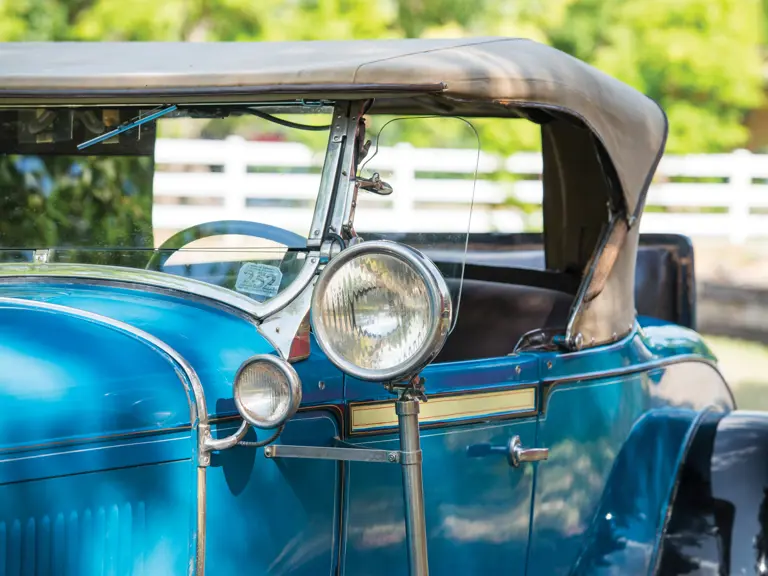
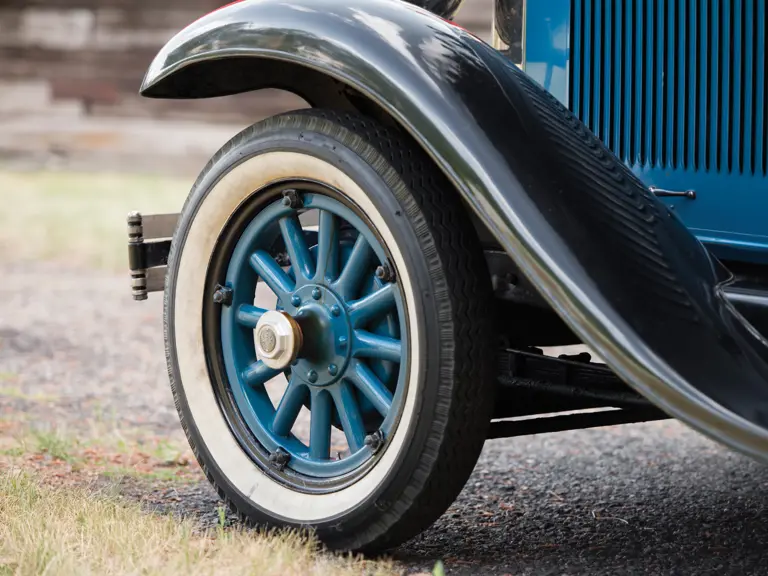
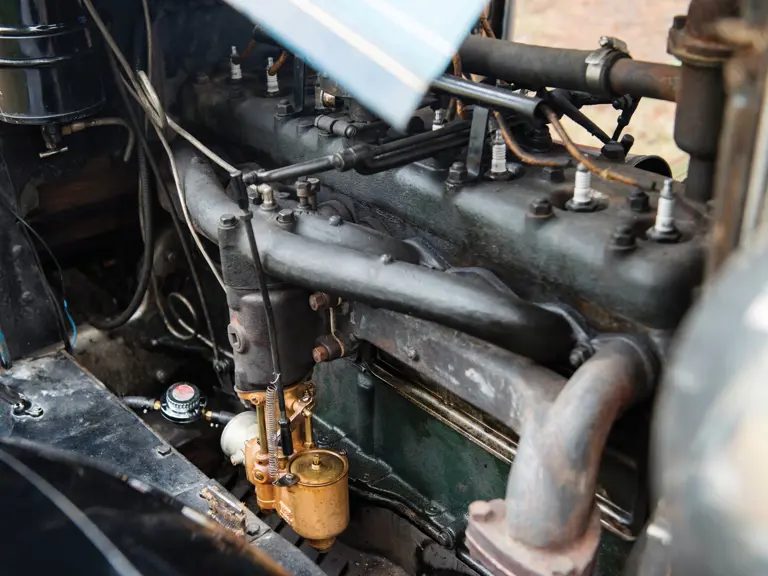

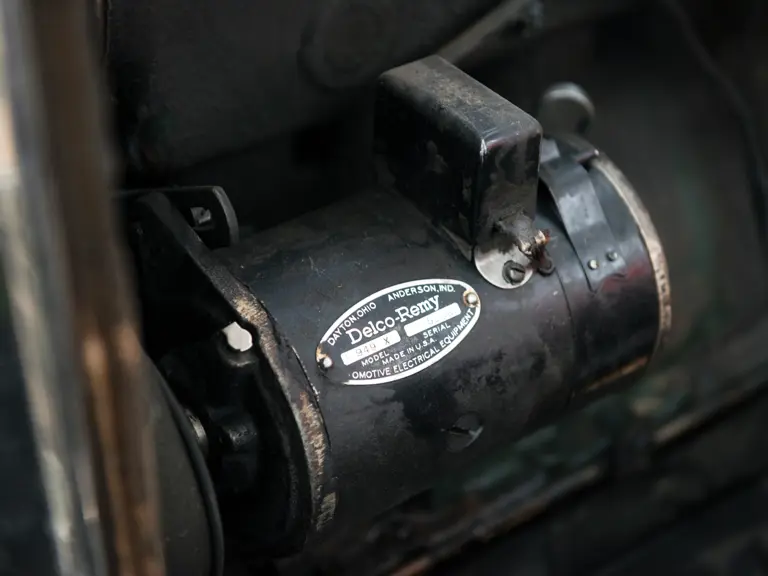
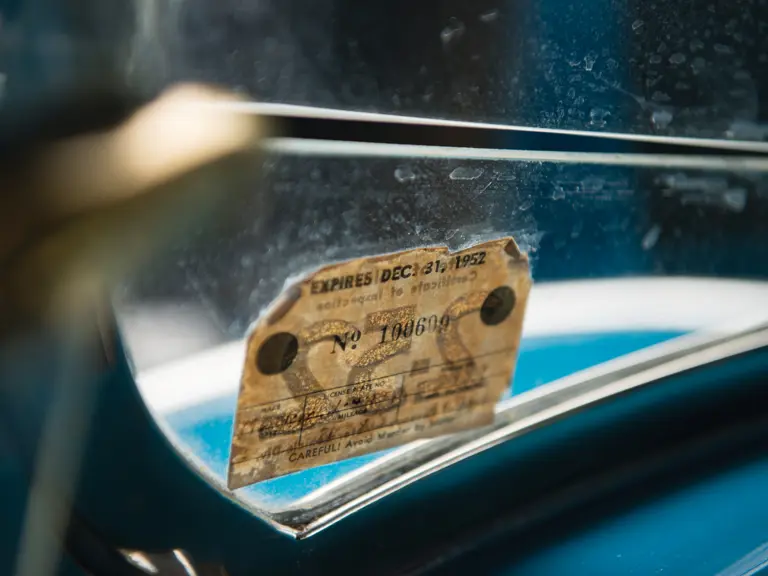
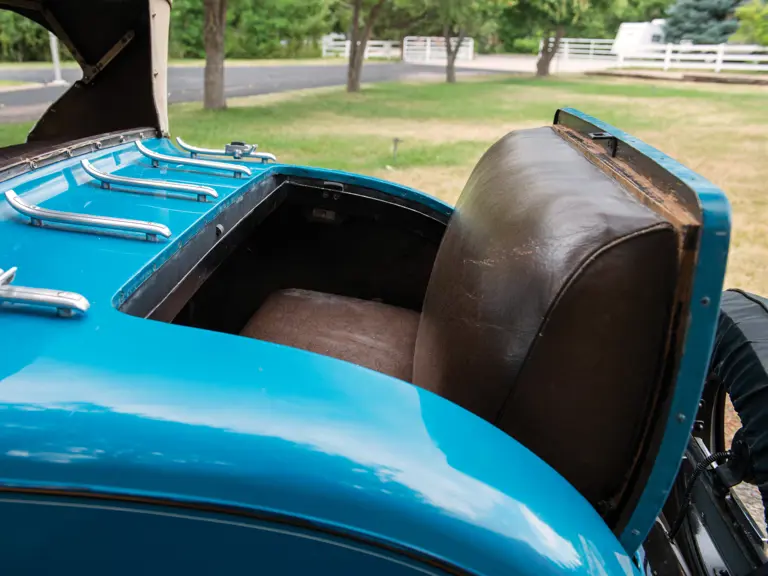
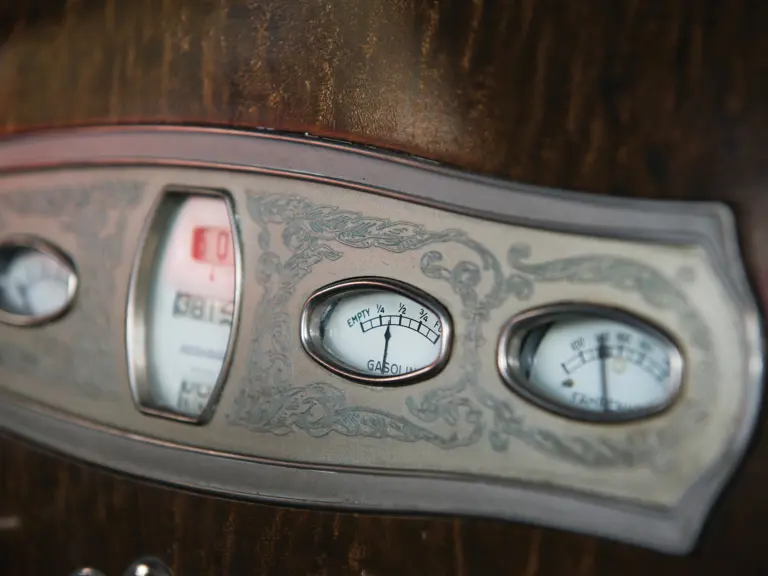




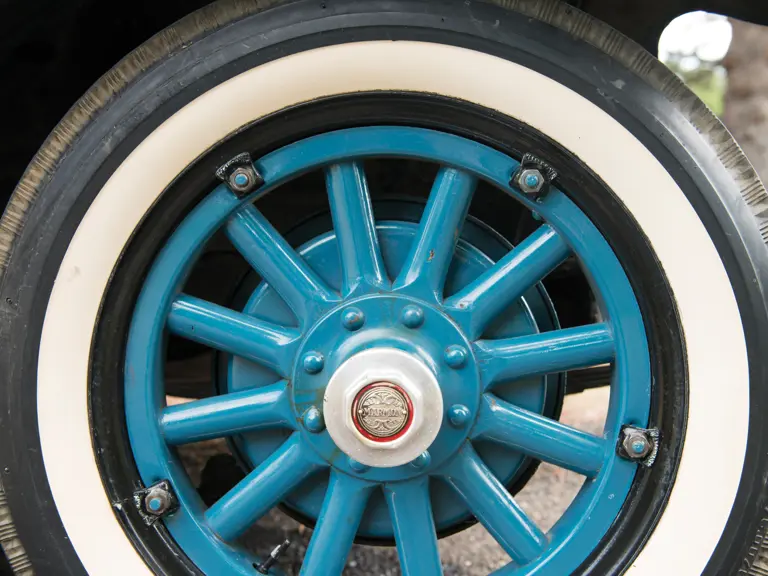
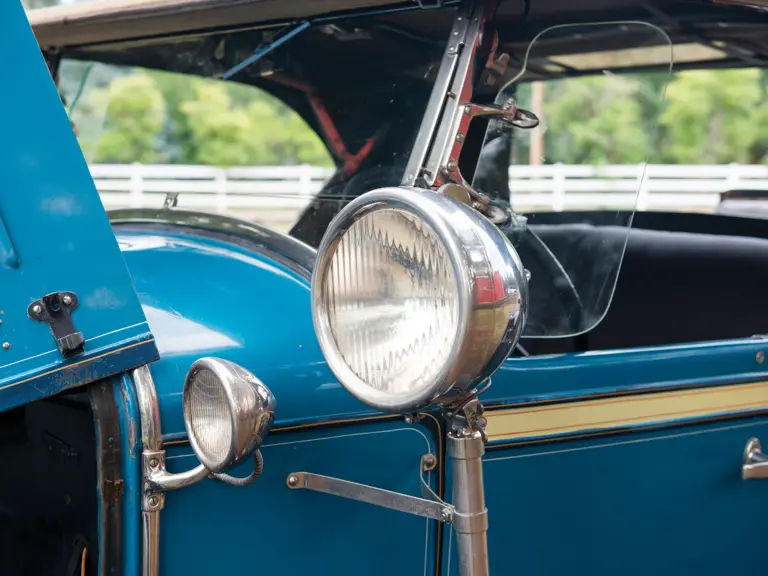

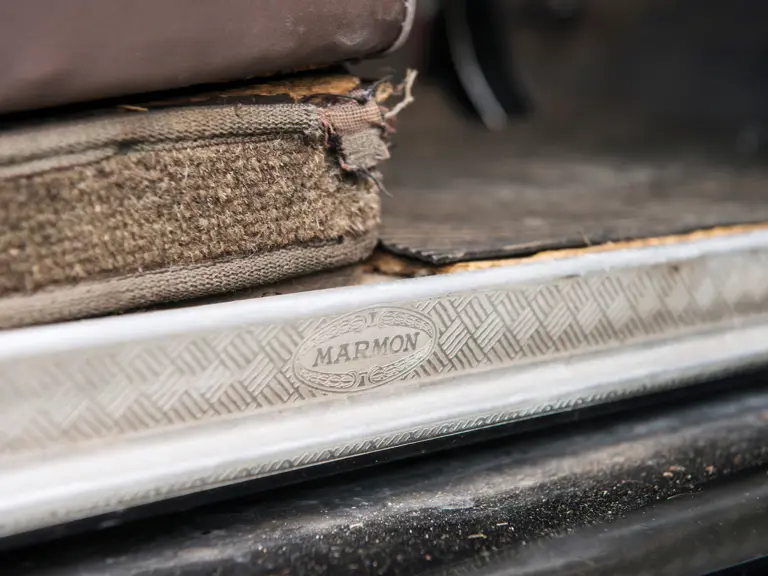
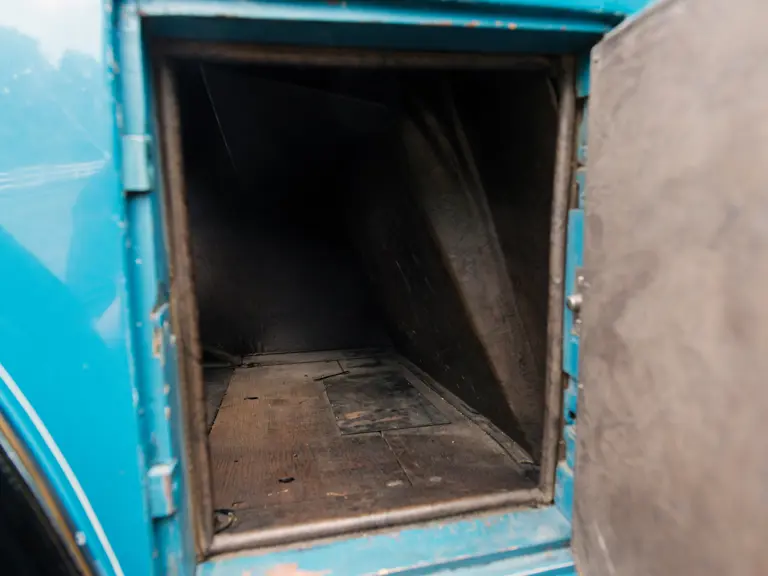
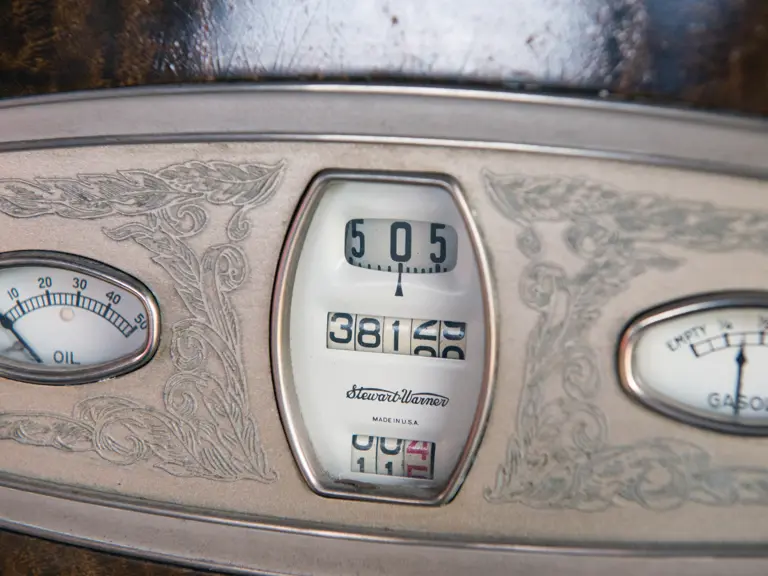


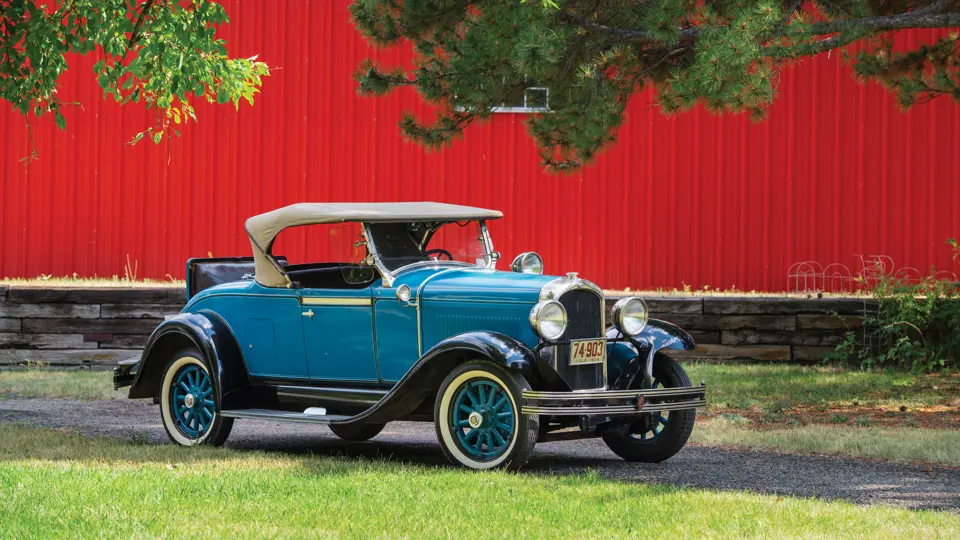
 | Hershey, Pennsylvania
| Hershey, Pennsylvania
